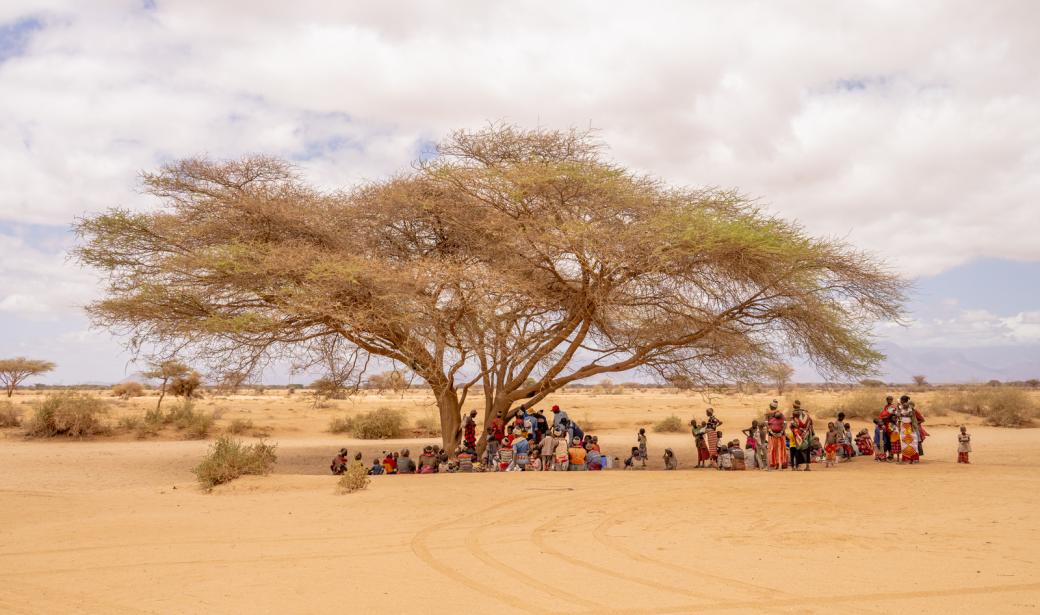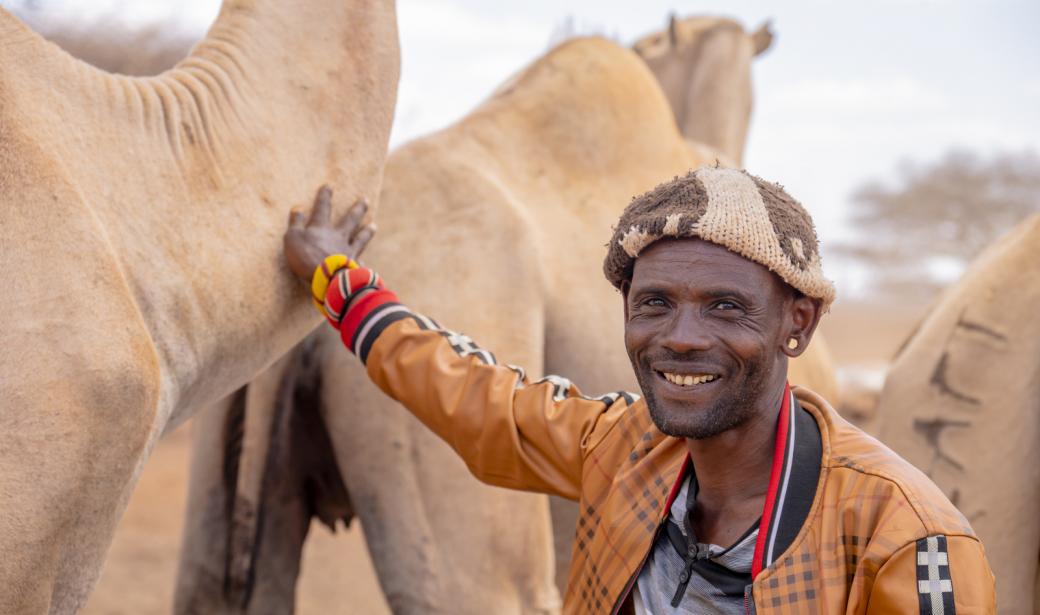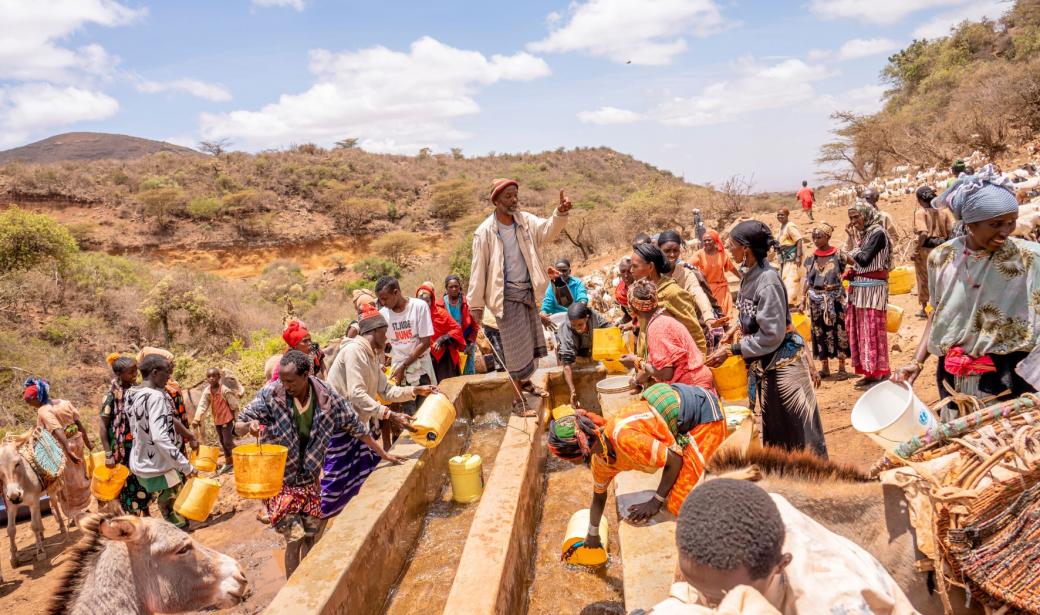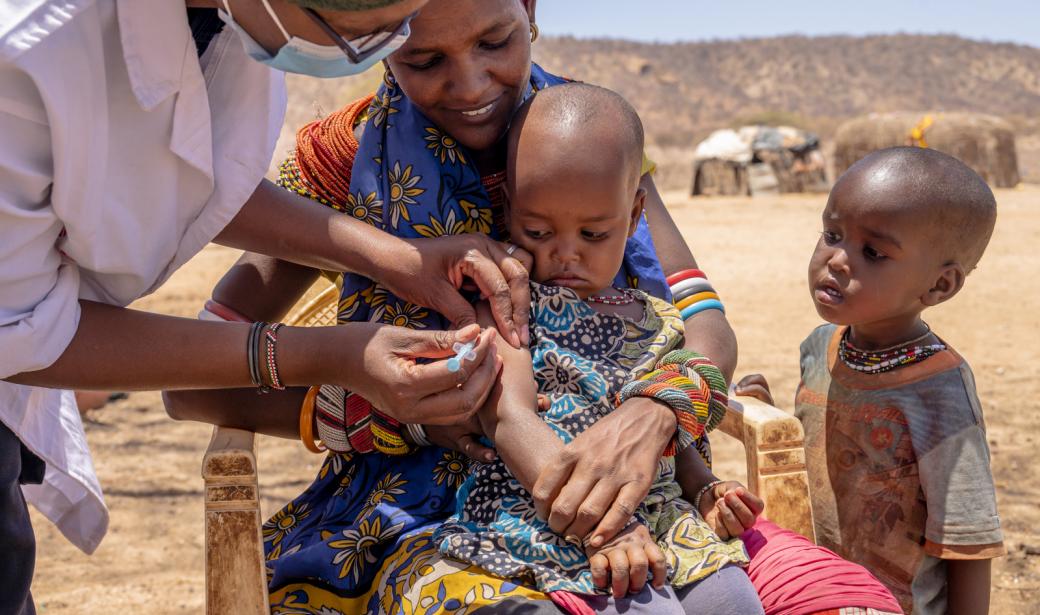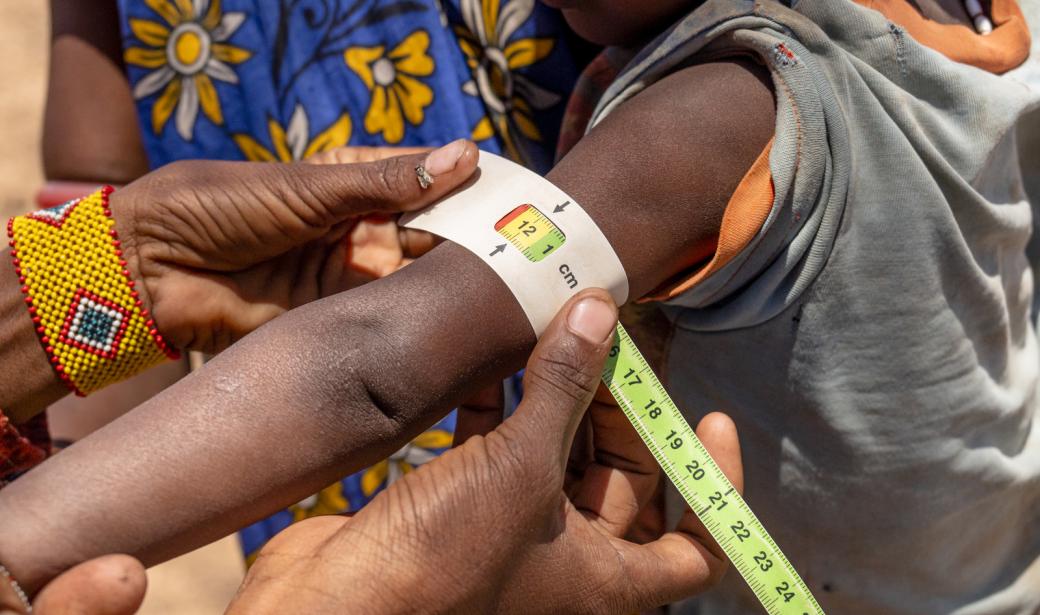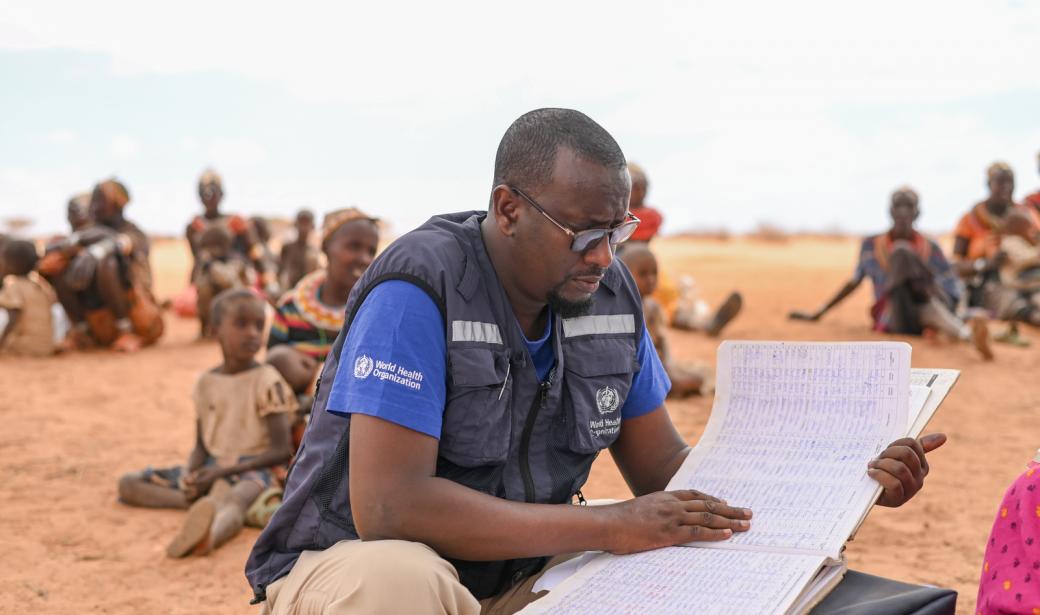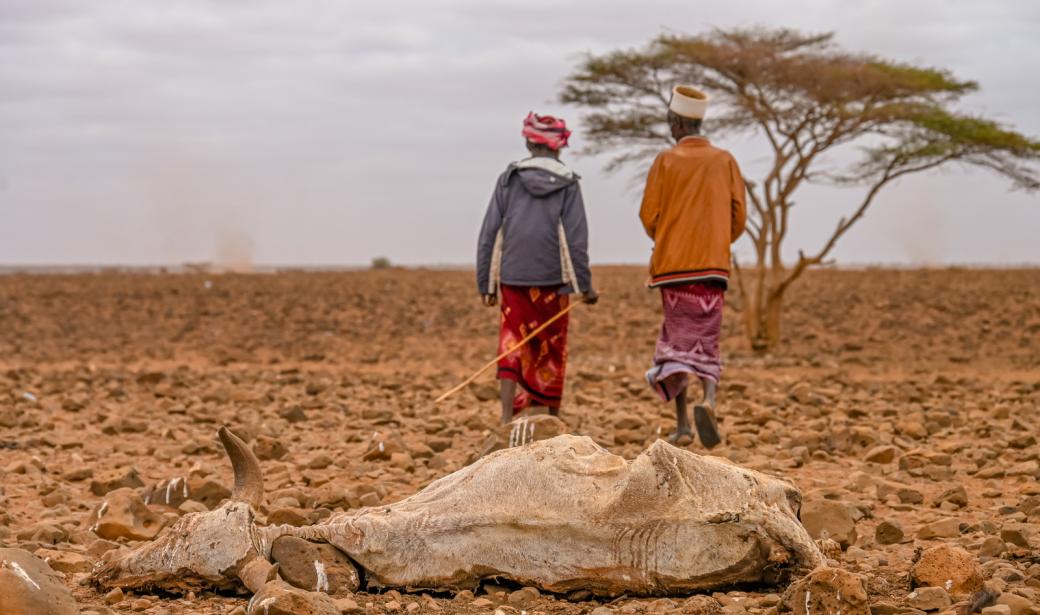Marsabit, Kenya – In Marsabit County, in northern Kenya, communities are fleeing from the worst drought in 40 years, and the food insecurity that it has triggered. It is one of the eight counties that comprise Kenya’s arid and semi-arid region.
Between July and September 2022, 3.5 million people, or 24% of the population, were estimated to be facing acute food insecurity. The figure is projected to increase by a further 26% by the end of December 2022, to 4.4 million people, according to the Kenya National Disaster Management Authority.
Living conditions and people’s health are deteriorating as they flee their familiar environments and gather in areas where they can find water and food for their families and livestock, as well as basic services.
In response, the Marsabit County Health Department is sending outreach teams to villages to treat children for malnutrition, providing essential life-saving health services, including vaccines, and collecting key health information.
Acute food insecurity due to persistent drought in the county is compounded by years of inter-communal conflict, livestock theft, the aftershocks of the COVID-19 pandemic, low purchasing power and rising food prices.
Lekale is one of the 1.2 million people from the eight counties in Kenya’s arid and semi-arid lands region that are experiencing Grade 3 conditions ‒ World Health Organization’s (WHO) most acute emergency phase.
“The drought is ruining our lives. I have a wife and three children whom I rarely see any more because I am moving the camels to keep them alive,” he adds. “I had nine cows and five have already died. It is now the turn of the camels to die. If they die, we die too.”
“The situation is getting out of hand. I have never seen a difficult moment like this one. This spring has been a reliable source of water for all of us, but now, we are in big trouble. It produces so little water,” says Elama Bayo, a member of the community who manages access to the Hulahula Spring in Saku Village.
Some people return home without a drop of water after walking for over 10km to reach the spring and are forced to restart the whole process the following day.
“The malnourished children are also coming in with other health complications and sometimes we also find that they have missed on essential vaccines,” says Guyatu Galdesa, a nurse at the Marsabit County Referral Hospital.
The outreach teams identify these children, administer catch-up vaccines, provide nutritional supplements and treat those who are sick. If they are severely sick, they are admitted to the hospital for treatment.
Approximately 942 000 under 5 children in the arid and semi-arid regions are acutely malnourished and 26% are severely malnourished.
And around 134 000 pregnant or lactating women are expected to suffer acute malnutrition by the end of 2022.
The Organization has also deployed experts to support Kenya’s government with essential health interventions. By collecting key health data the response is directed where it is needed most.
Dr Adam Haji, WHO medical officer supporting the county outreach teams, worries that if conditions do not rapidly improve, lives will be lost, particularly those of older people.
Media Relations Officer
WHO Regional Office for Africa
Email: dalalm [at] who.int
Tel: +254 703 245 761 (WhatsApp)




